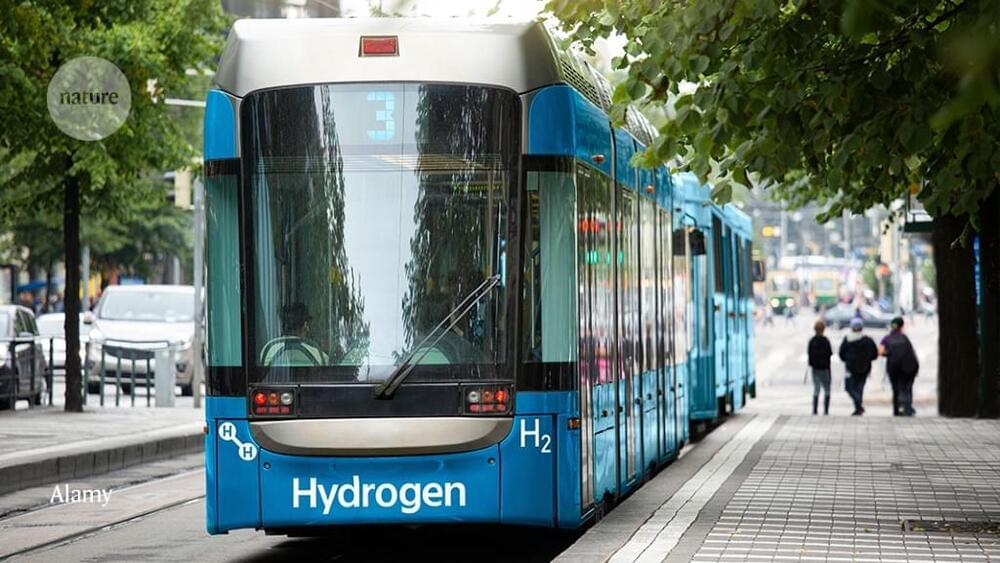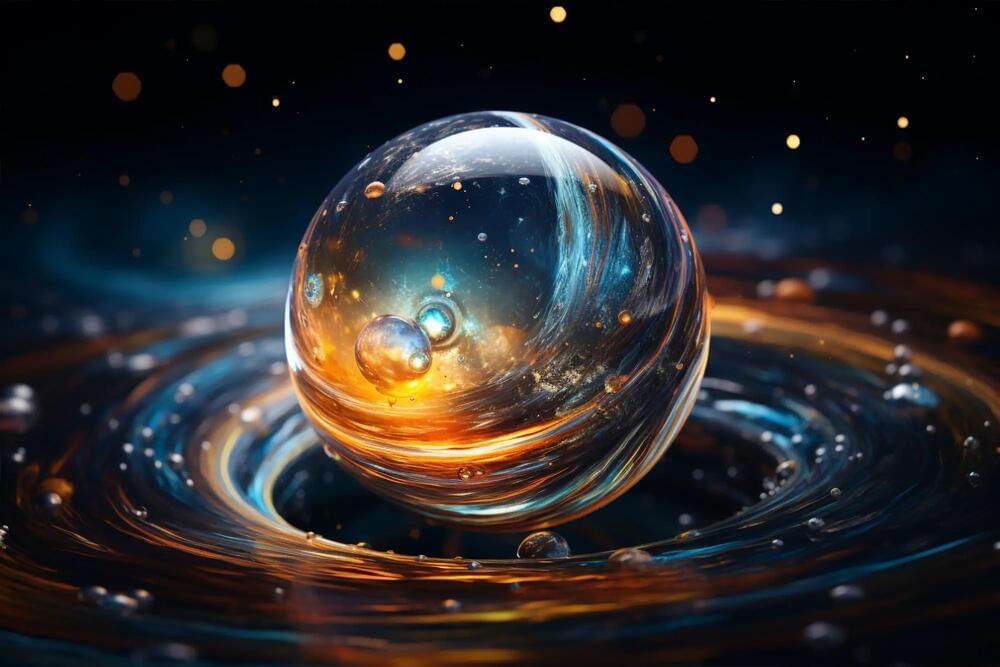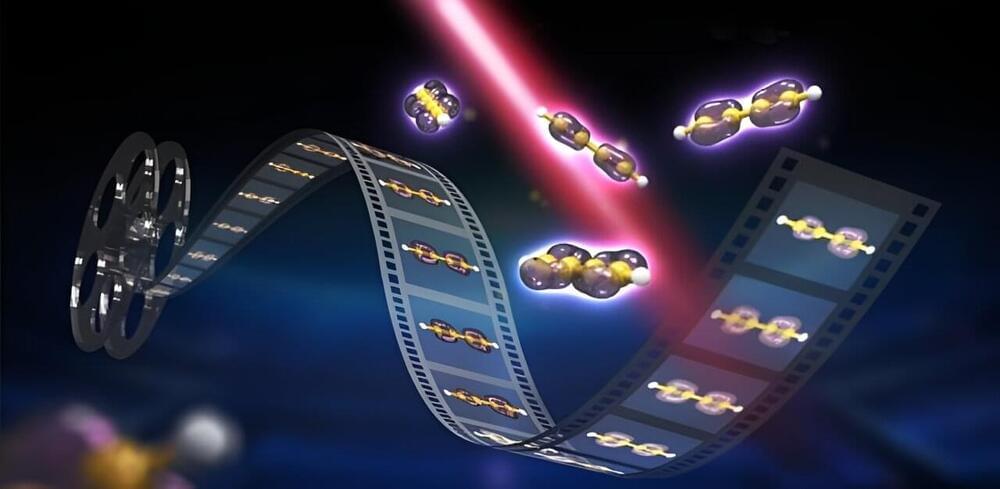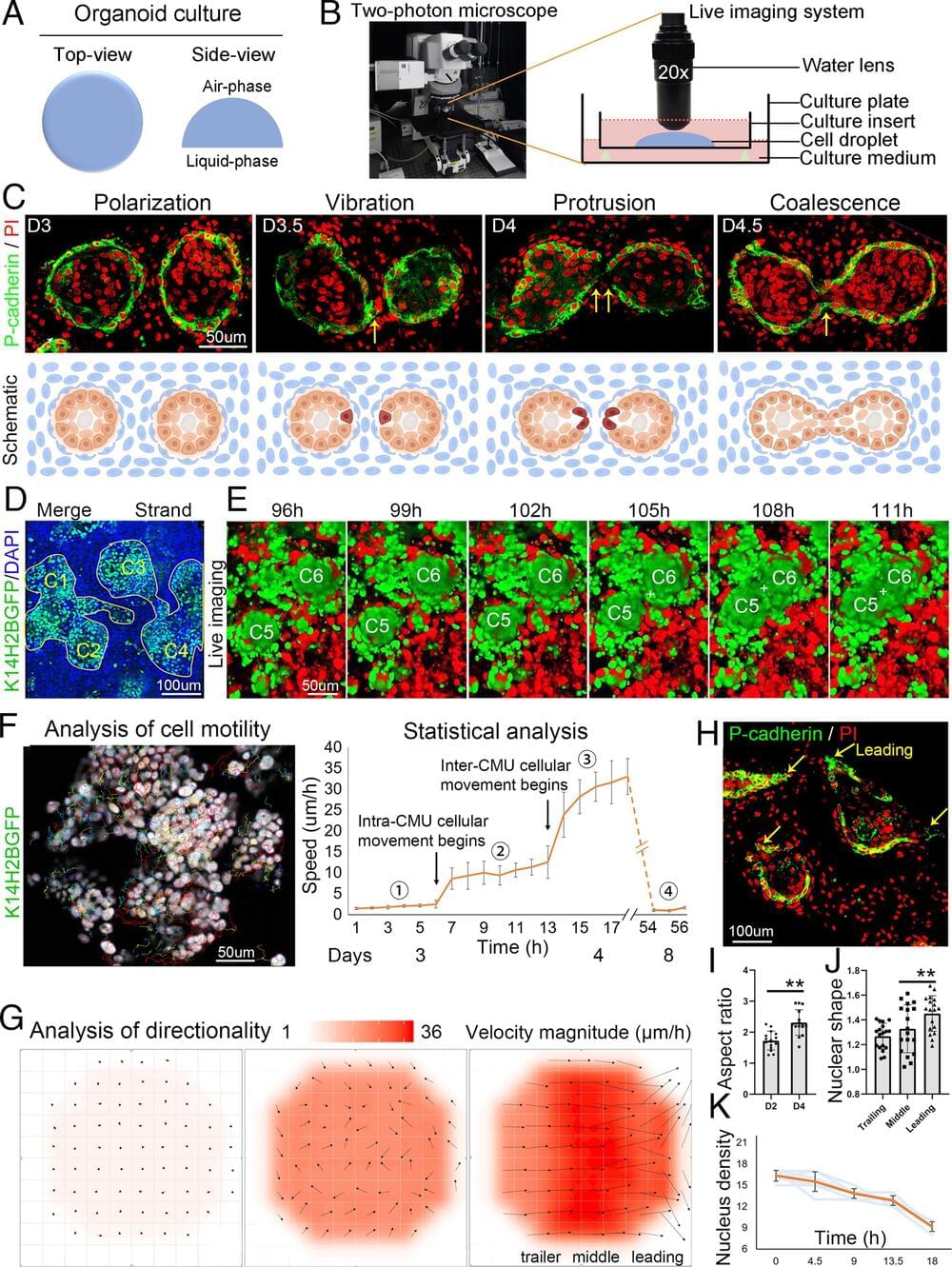Scientists discovered that the harmful “forever chemicals” known as PFAS were present in paper and bamboo drinking straws.


Michael Levin talk for the Mind, Technology, and Society (MTS) talk series at UC Merced on January 23, 2023. Abstract: Each of us makes the remarkable journey from the physics and chemistry of a quiescentunfertilized egg to that of a complex human being. How can we understand the continuousprocesses that scale up minds from the tiny physiological competencies of single cells to the large-scale metacognitive capacities of large brains? Here, I will describe a framework known as TAME-Technological Approach to Mind Everywhere — which enables identifying, understanding, andrelating to unconventional cognitive agents. I will use the example of the collective intelligence ofcells during morphogenesis to illustrate how we can begin to widen the lessons of multiscale neuroscience well beyond neurons. This will be essential as we head into a future that will bepopulated by a wide range of evolved, designed, and hybrid beings with novel bodies and novelminds. I will conclude with a case study of our new synthetic biorobot (Xenobots) and a discussionof the implications of these ideas for evolution, biomedicine, and ethics.
What happens when humans begin combining biology with technology, harnessing the power to recode life itself.
What does the future of biotechnology look like? How will humans program biology to create organ farm technology and bio-robots. And what happens when companies begin investing in advanced bio-printing, artificial wombs, and cybernetic prosthetic limbs.
Other topic include: bioengineered food and farming, bio-printing in space, new age living bioarchitecture (eco concrete inspired by coral reefs), bioengineered bioluminescence, cyberpunks and biopunks who experiment underground — creating new age food and pets, the future of bionics, corporations owning bionic limbs, the multi-trillion dollar industry of bio-robots, and bioengineered humans with super powers (Neo-Humans).
As well as the future of biomedical engineering, biochemistry, and biodiversity.
_______
Created by: Jacob.
Narration by: Alexander Masters (www.alexander-masters.com)
Modern Science Fiction.


Researchers from Queen Mary University of London have made a discovery that could change our understanding of the universe. In their study published on August 23 in the journal Science Advances.
<em>Science Advances</em> is a peer-reviewed, open-access scientific journal that is published by the American Association for the Advancement of Science (AAAS). It was launched in 2015 and covers a wide range of topics in the natural sciences, including biology, chemistry, earth and environmental sciences, materials science, and physics.

To discover how light interacts with molecules, the first step is to follow electron dynamics, which evolve at the attosecond timescale. The dynamics of this first step have been called charge migration (CM). CM plays a fundamental role in chemical reactions and biological functions associated with light–matter interaction. For years, visualizing CM at the natural timescale of electrons has been a formidable challenge in ultrafast science due to the ultrafine spatial (angstrom) and ultrafast temporal (attosecond) resolution required.
Experimentally, the sensitive dependence of CM on molecular orbitals and orientations has made the CM dynamics complex and difficult to trace. There are still some open questions about molecular CM that remain unclear. One of the most fundamental questions: how fast does the charge migrate in molecules? Although molecular CM has been extensively studied theoretically in the last decade by using time-dependent quantum chemistry packages, a real measurement of the CM speed has remained unattainable, due to the extreme challenge.
As reported in Advanced Photonics, a research team from Huazhong University of Science and Technology (HUST), in cooperation with theoretical teams from Kansas State University and University of Connecticut, recently proposed a high harmonic spectroscopy (HHS) method for measuring the CM speed in a carbon-chain molecule, butadiyne (C4H2).

Scientists already have their ways of coaxing human cells into new forms, using a special concoction of chemicals to nudge humble skin cells into malleable tissues known as induced pluripotent stem cells.
In spite of this new lease on life, these particular cells still retain a few genetic reminders of their time as a fully developed tissue, affecting their use as a blank slate.
Now an international team of researchers has gone one better: finding a new way of wiping a cell’s memory clean so it can be better reprogrammed as a stem cell.

Stem cells in organoids self-organize into tissue patterns with unknown mechanisms. Here, we use skin organoids to analyze this process. Cell behavior videos show that the morphological transformation from multiple spheroidal units with morphogenesis competence (CMU) to planar skin is characterized by two abrupt cell motility–increasing events before calming down. The self-organizing processes are controlled by a morphogenetic module composed of molecular sensors, modulators, and executers. Increasing dermal stiffness provides the initial driving force (driver) which activates Yap1 (sensor) in epidermal cysts. Notch signaling (modulator 1) in epidermal cyst tunes the threshold of Yap1 activation. Activated Yap1 induces Wnts and MMPs (epidermal executers) in basal cells to facilitate cellular flows, allowing epidermal cells to protrude out from the CMU. Dermal cell–expressed Rock (dermal executer) generates a stiff force bridge between two CMU and accelerates tissue mixing via activating Laminin and β1-integrin. Thus, this self-organizing coalescence process is controlled by a mechano-chemical circuit. Beyond skin, self-organization in organoids may use similar mechano-chemical circuit structures.

More cool designs are on Amazon: https://amzn.to/3wDGy2i.
Alternatively, PayPal donations can be sent here: http://paypal.me/whatdamath.
Hello and welcome! My name is Anton and in this video, we will talk about bizarre quantum effects discovered in the last few months.
Links:
https://news.uchicago.edu/story/uchicago-scientists-observe-…laboratory.
https://www.nature.com/articles/s41567-023-02139-8
https://www.nature.com/articles/s41586-023-05727-z.
https://www.nature.com/articles/s42005-022-00881-8
#quantum #quantumphysics #quantummechanics.
0:00 Evidence for quantum superchemistry.
3:40 Solar fusion is quantum and not classical.
5:20 Quantum tunneling and microscopy.
7:00 Tunneling causes chemistry.
7:40 Tunneling affects DNA and causes mutation.
Support this channel on Patreon to help me make this a full time job:
https://www.patreon.com/whatdamath.
Bitcoin/Ethereum to spare? Donate them here to help this channel grow!
bc1qnkl3nk0zt7w0xzrgur9pnkcduj7a3xxllcn7d4
or ETH: 0x60f088B10b03115405d313f964BeA93eF0Bd3DbF
Space Engine is available for free here: http://spaceengine.org.
Enjoy and please subscribe.

Over the past few decades, material scientists and chemists have been working on designing increasingly sophisticated materials for a wide range of technological and scientific applications. These materials include synthetic polymers and hydrogels that could be introduced inside the human body as part of medical interventions.
Researchers at the Leibniz Institute of Polymer Research Dresden, Technische Universität Dresden and other institutes in Germany recently designed new fully synthetic materials with a dynamic DNA-crosslinked matrix that could prove useful for the creation of organoids (artificial organs) and other bio-mimetic systems. These materials, introduced in Nature Nanotechnology, are versatile, programmable and relatively inexpensive, making them advantageous for medical and biological research.
“Polymer chemistry can create materials with wonderful properties,” Elisha Krieg, one of the researchers who carried out the study, told Phys.org. “Think of everyday products like toys and packaging, but also bullet-proof vests, parachutes, medical implants, etc. But these materials are very static—it is not easy to change their properties, once broken they cannot heal themselves, and their characteristics are difficult to predict. Our group tries to make materials that are more akin to living matter: adaptive, self-healing, and programmed to fulfill specific functions.”